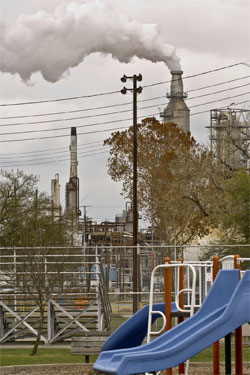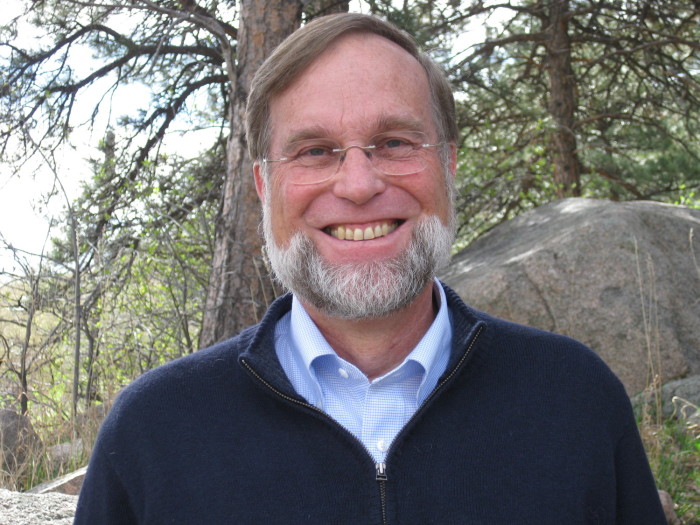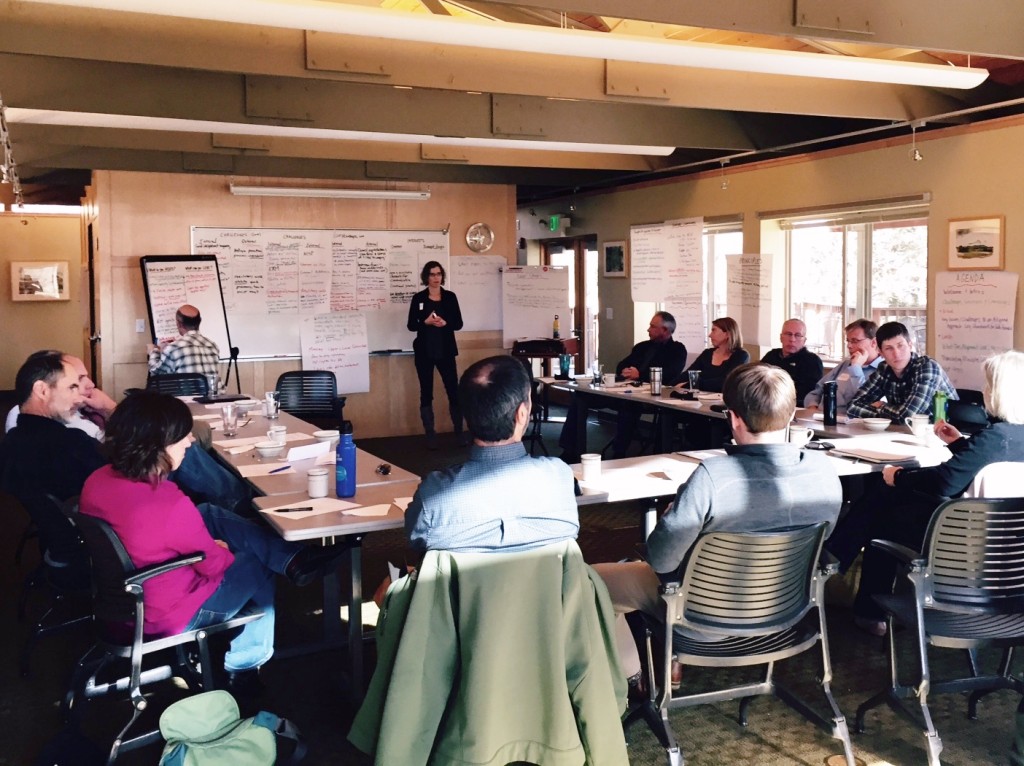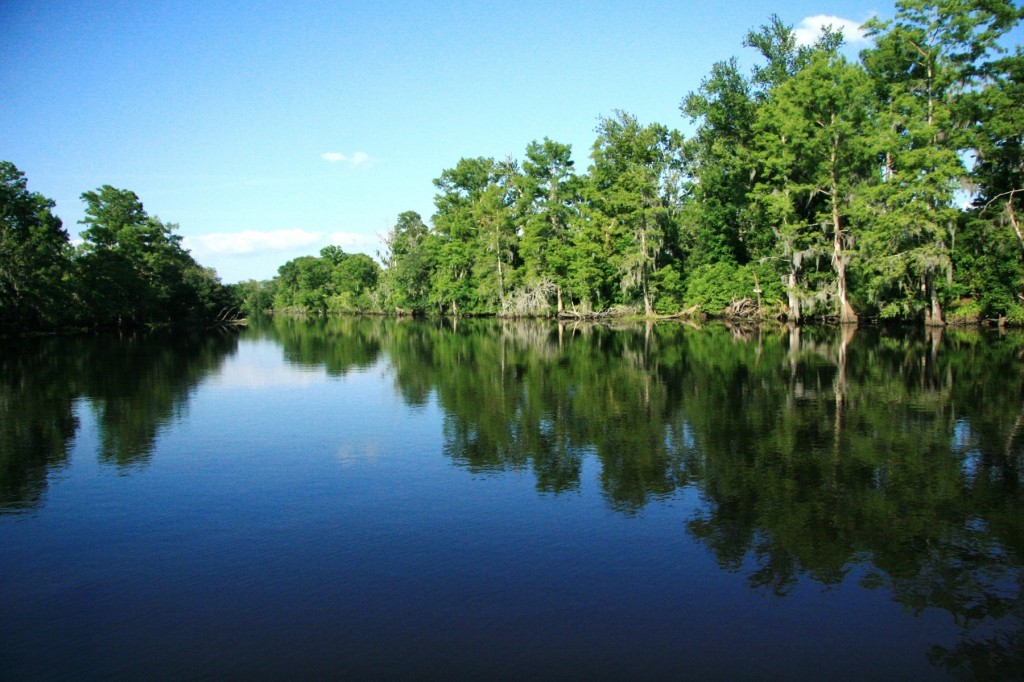
Building off of years of CDR experience with the Clean Water Act, CDR facilitated meetings regarding program revisions to Michigan’s Section 404 program.
Background
The Clean Water Act (CWA) Section 404 requires permits for discharge of fill material into Waters of the United States. In 48 states, permits are issued by the U.S. Army Corps of Engineers (Corps). Through a Memorandum of Agreement (MOA) with the Environmental Protection Agency (EPA), Michigan is one of two states that have assumed the authority of the 404 permitting program. Michigan’s 404 Program must be consistent with CWA regulations. The EPA is responsible for oversight of the CWA, including assuring state programs, such as Michigan’s, meet the minimum requirements and are not less stringent than the Clean Water Act and implementing regulations.
In 2008, following a program review, the EPA identified inconsistencies between Michigan’s CWA Section 404 program and federal requirements. The EPA published the inconsistencies and required corrective actions in order for Michigan to maintain authority of its CWA Section 404 program. While the State of Michigan addressed many of the required corrective actions through PA 98 it also introduced additional program revisions including changes to the scope of jurisdiction over wetlands and other state waters, new exemptions and permit provisions as well as other program revisions.
The EPA and the Corps will interpret suggested program revisions outlined in PA 98, for consistency with the CWA. Based on the findings, the EPA will decide to approve or disapprove each program revision independently, and determine Michigan’s continued authority over 404 permitting.
Informational Public Meeting and Hearing and Comment Summary
CDR Principal, Jonathan Bartsch, facilitated a public hearing and summarized the public comments regarding the Michigan program revisions. Working in collaboration with EPA Region 5 and headquarters, Bartsch designed and facilitated an informational public hearing attended by over 100 representatives from agricultural, environmental, energy and other sectors.
The comments from the hearing as well as from written submissions were summarized and organized by CDR to provide EPA the ability to respond to the proposed program revisions. A significant divergence of opinion was expressed regarding the proposed program modifications with a wide range of opinions regarding whether or not to support the modifications. Most commenters, both supporting and opposing approval of program revisions, indicated a desire for Michigan to continue with its delegated 404 authority. The preponderance of comments cited the importance of continuing state administration of the 404 Program due to the improved customer service and rapport developed by the Michigan Department of Environmental Quality (MDEQ) with stakeholders, geographic conveniences including multiple district offices, timely processing of permits, and an understanding of the unique needs and conditions of Michigan environment and economy.
For additional information, contact CDR project leadJonathan Bartsch, Jbartsch@mediate.org





